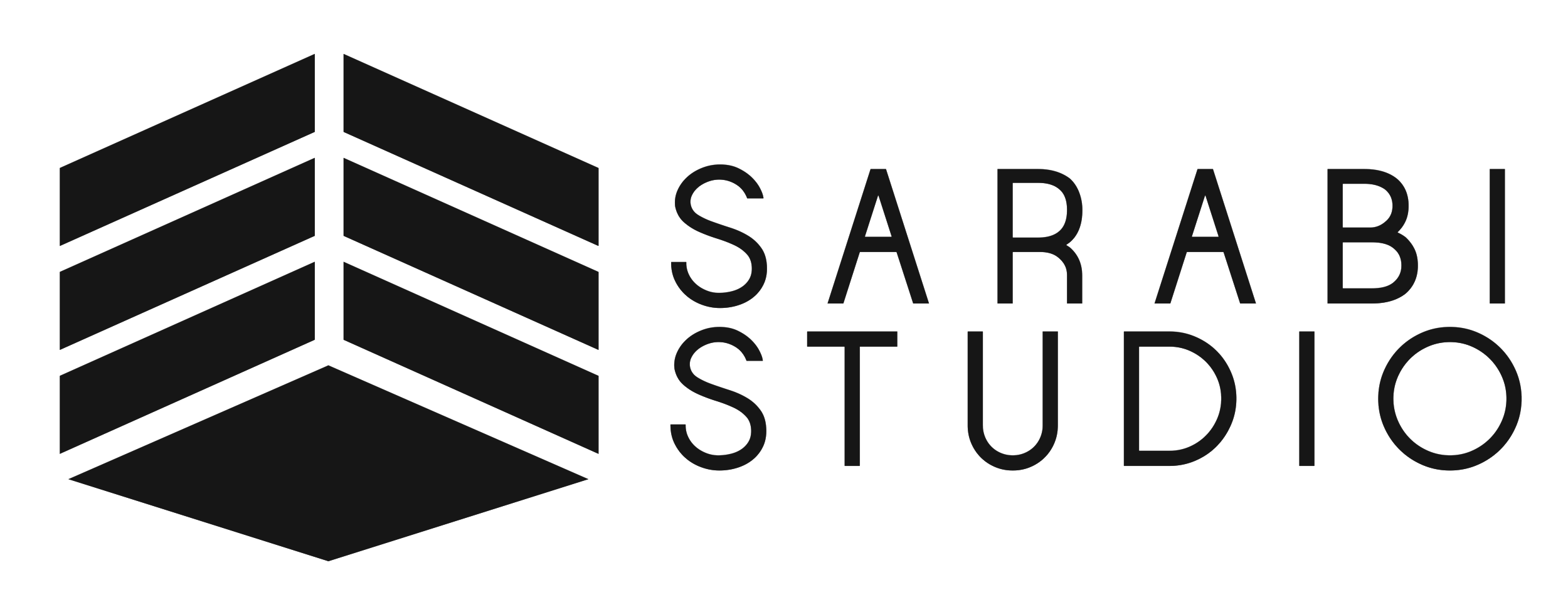Forging a New Identity: Architectural Metalwork at 816 Congress Avenue
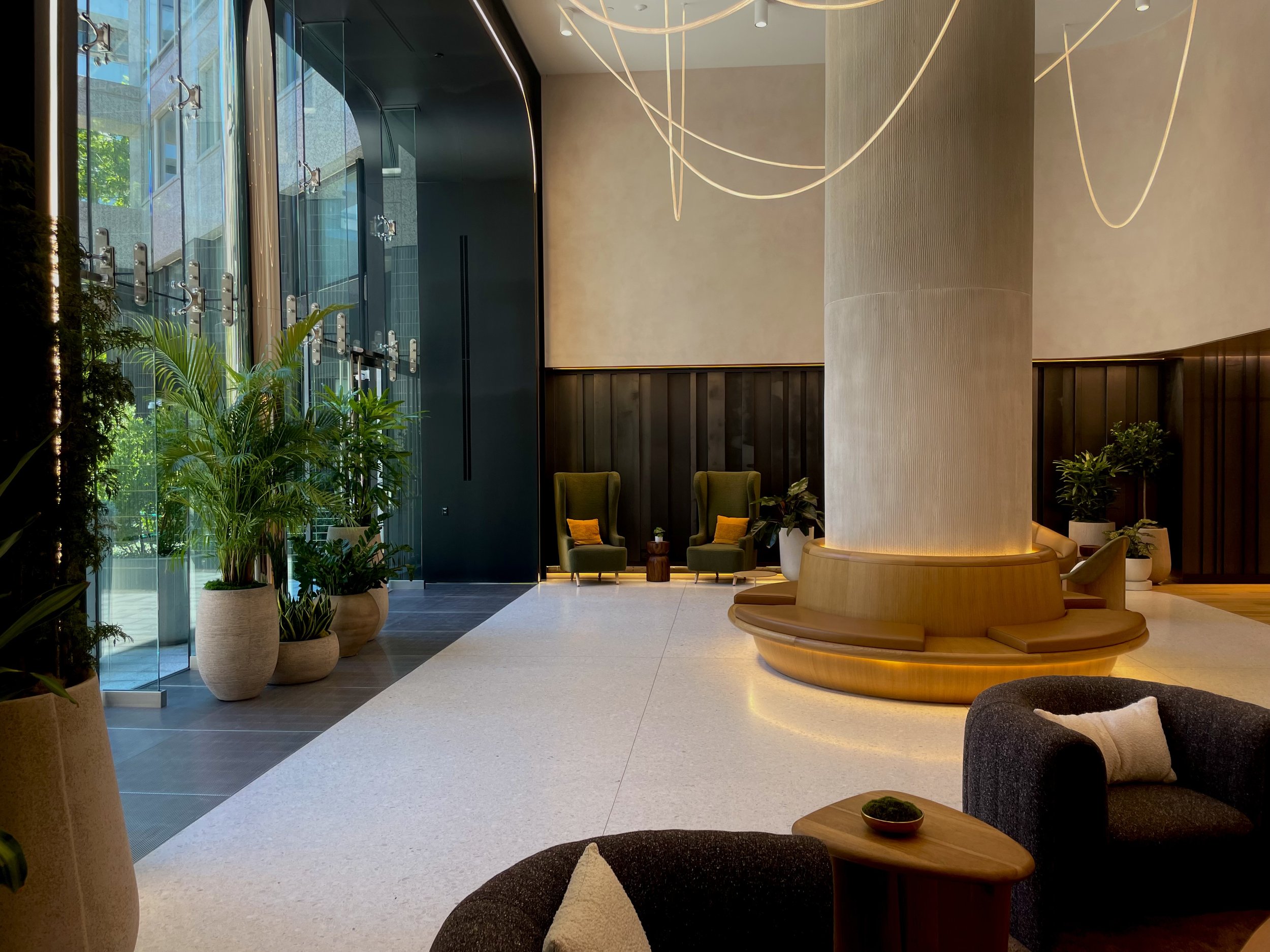
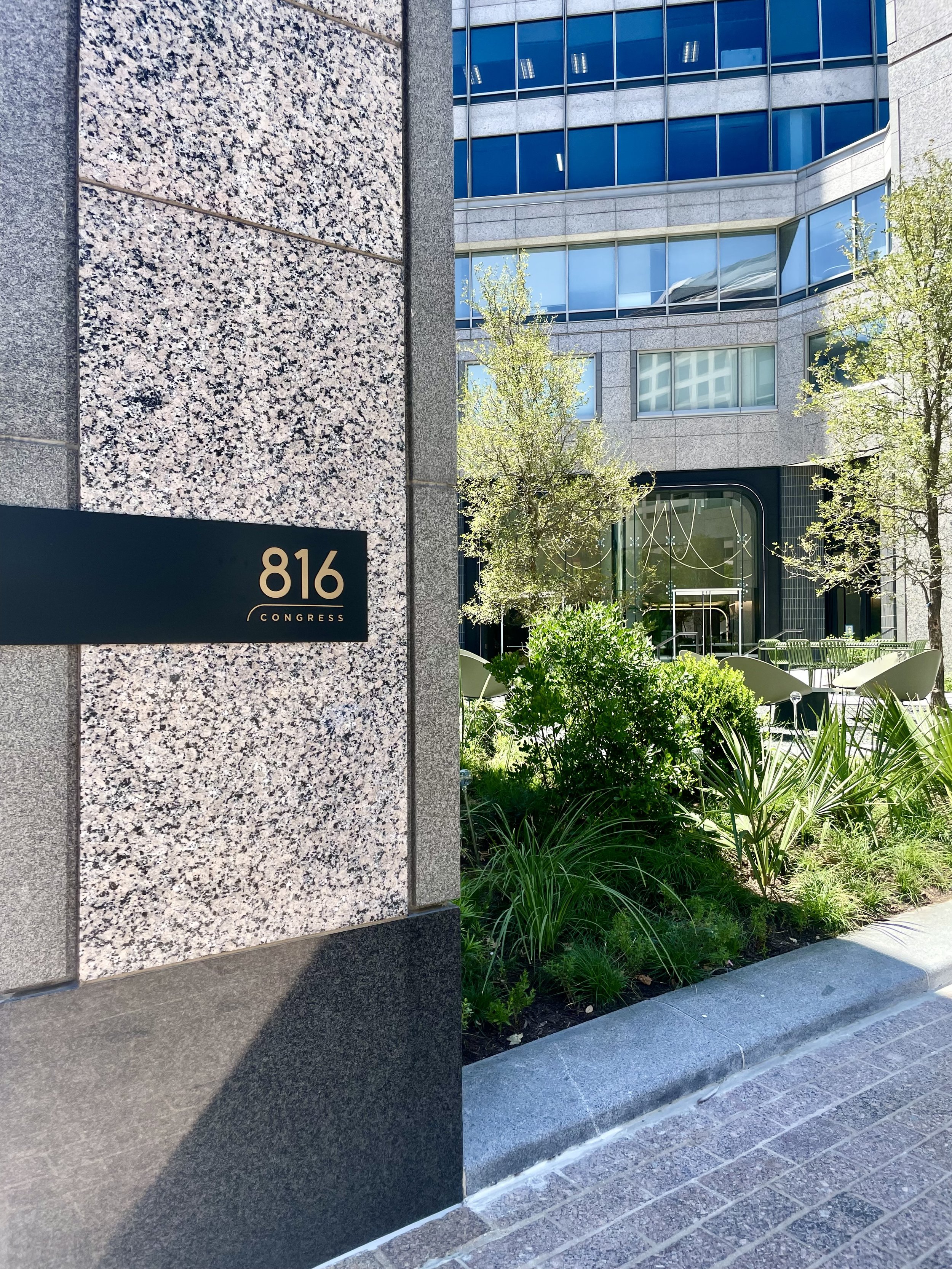
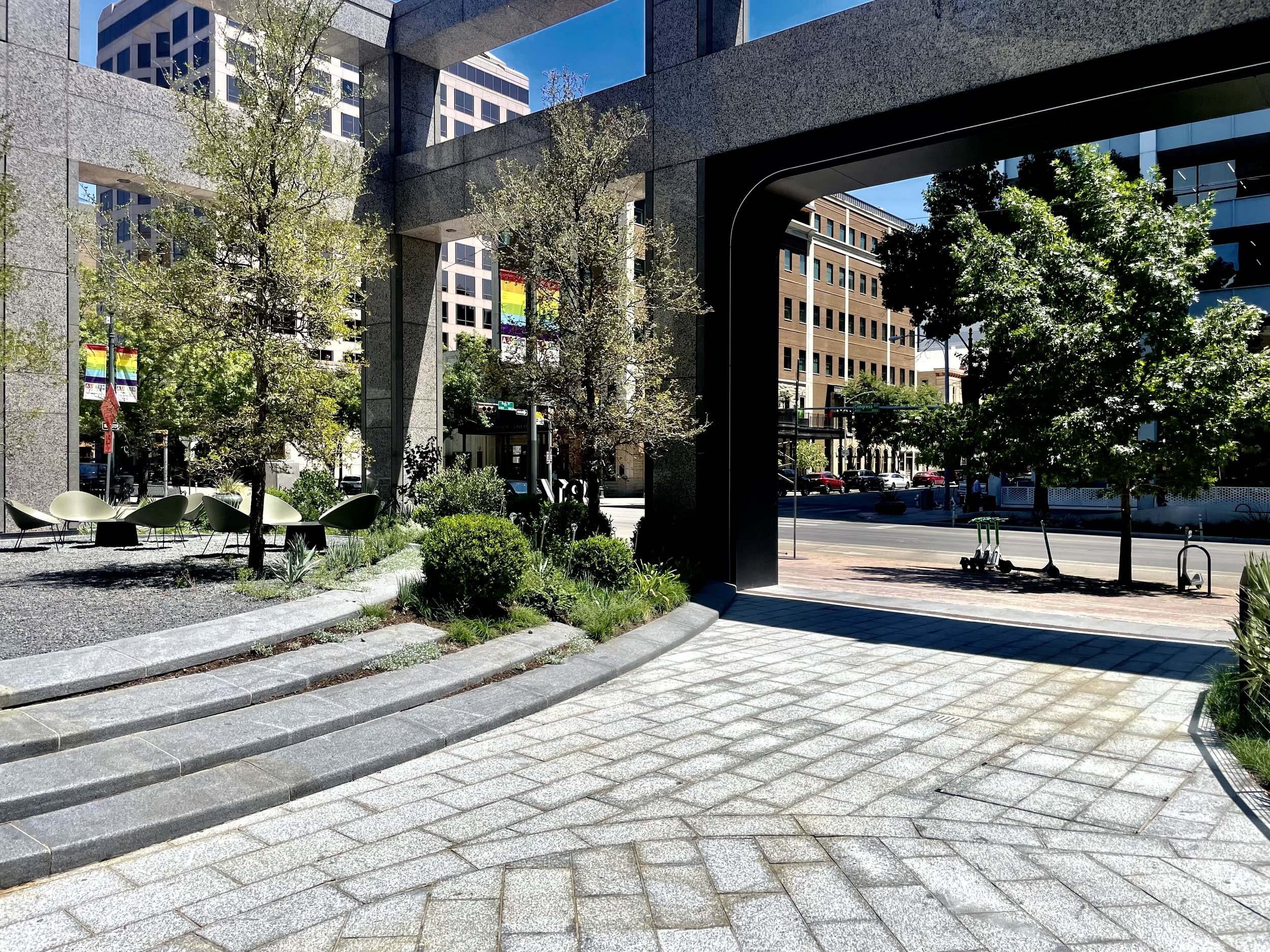
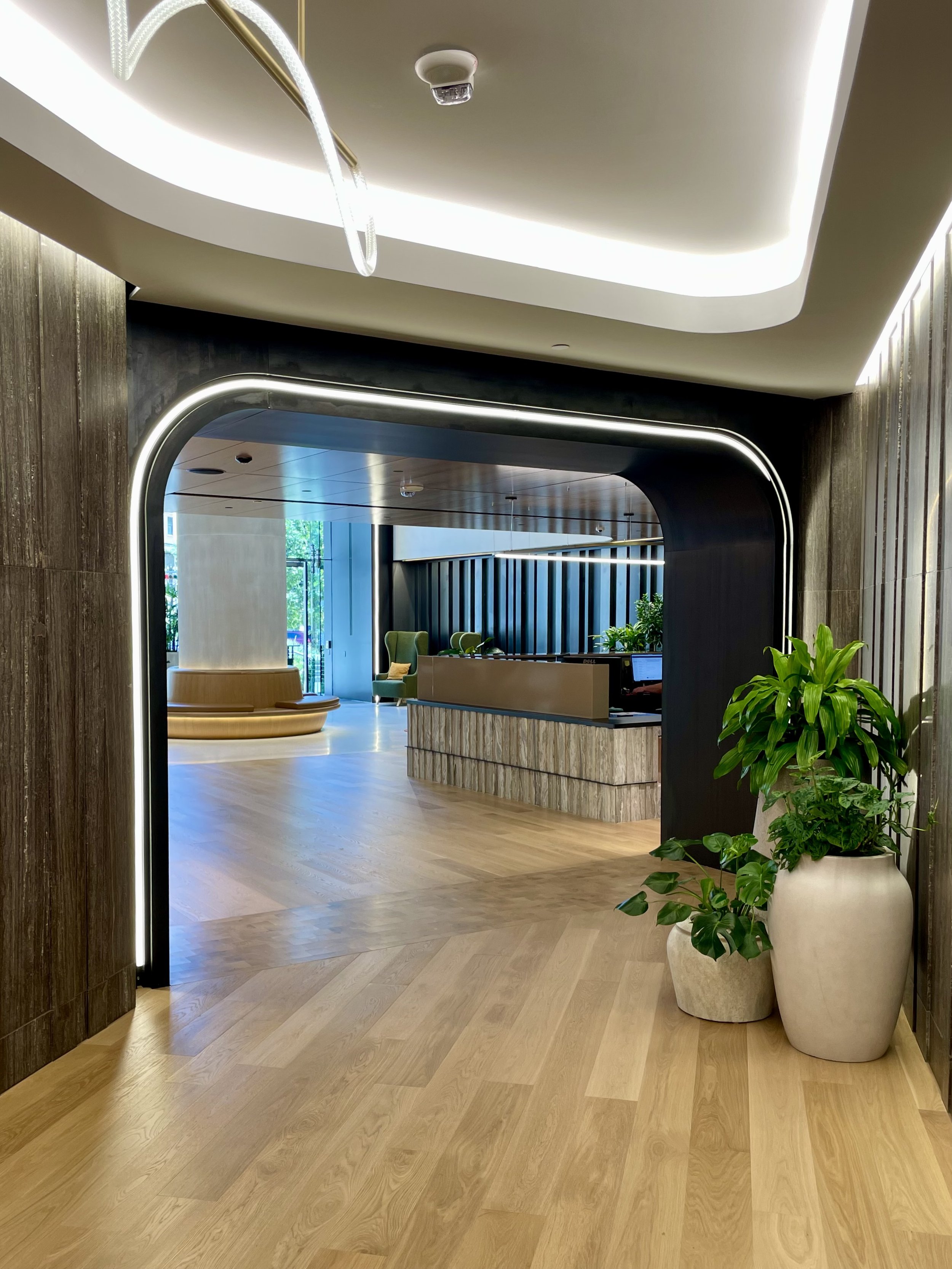
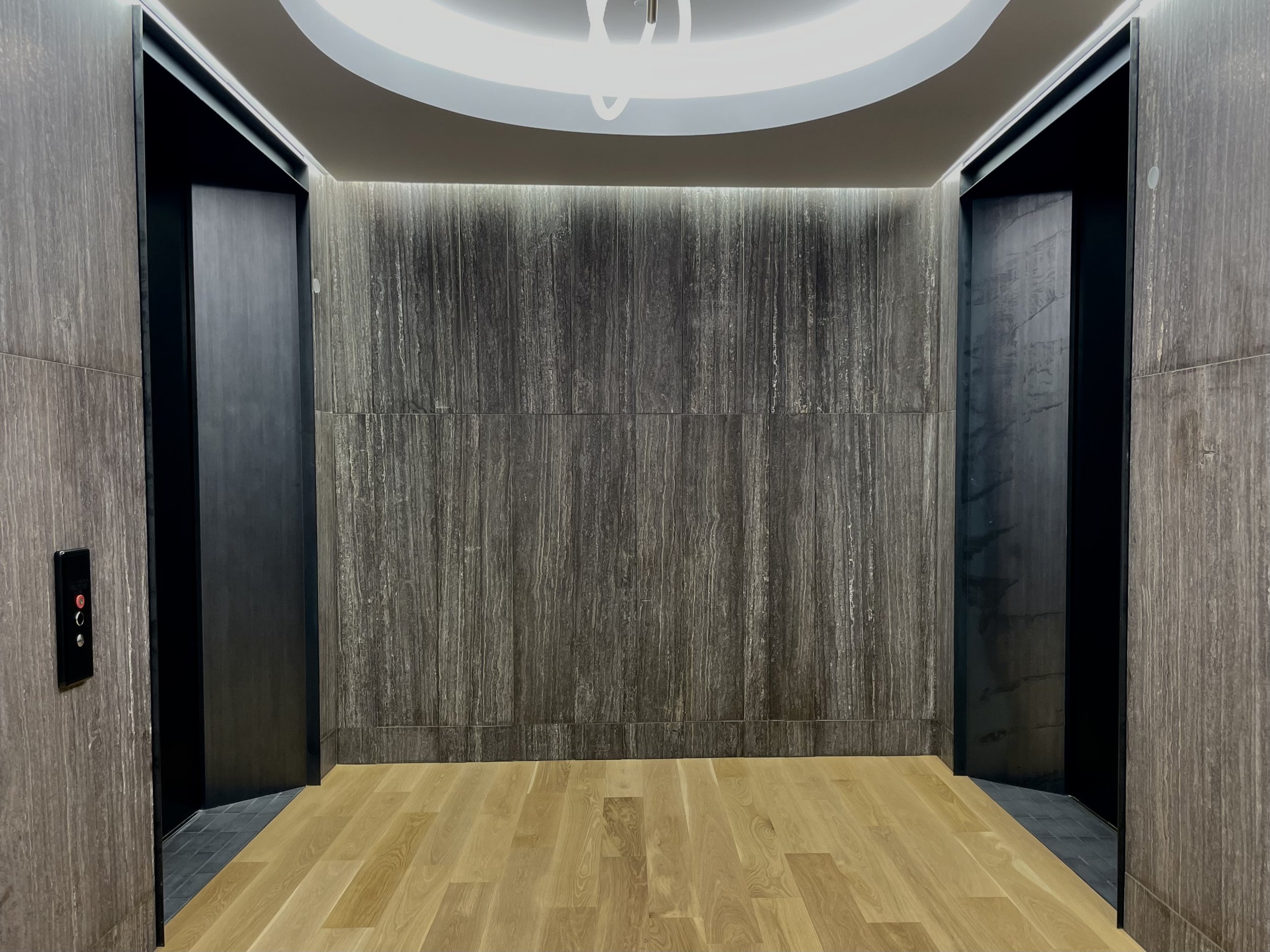
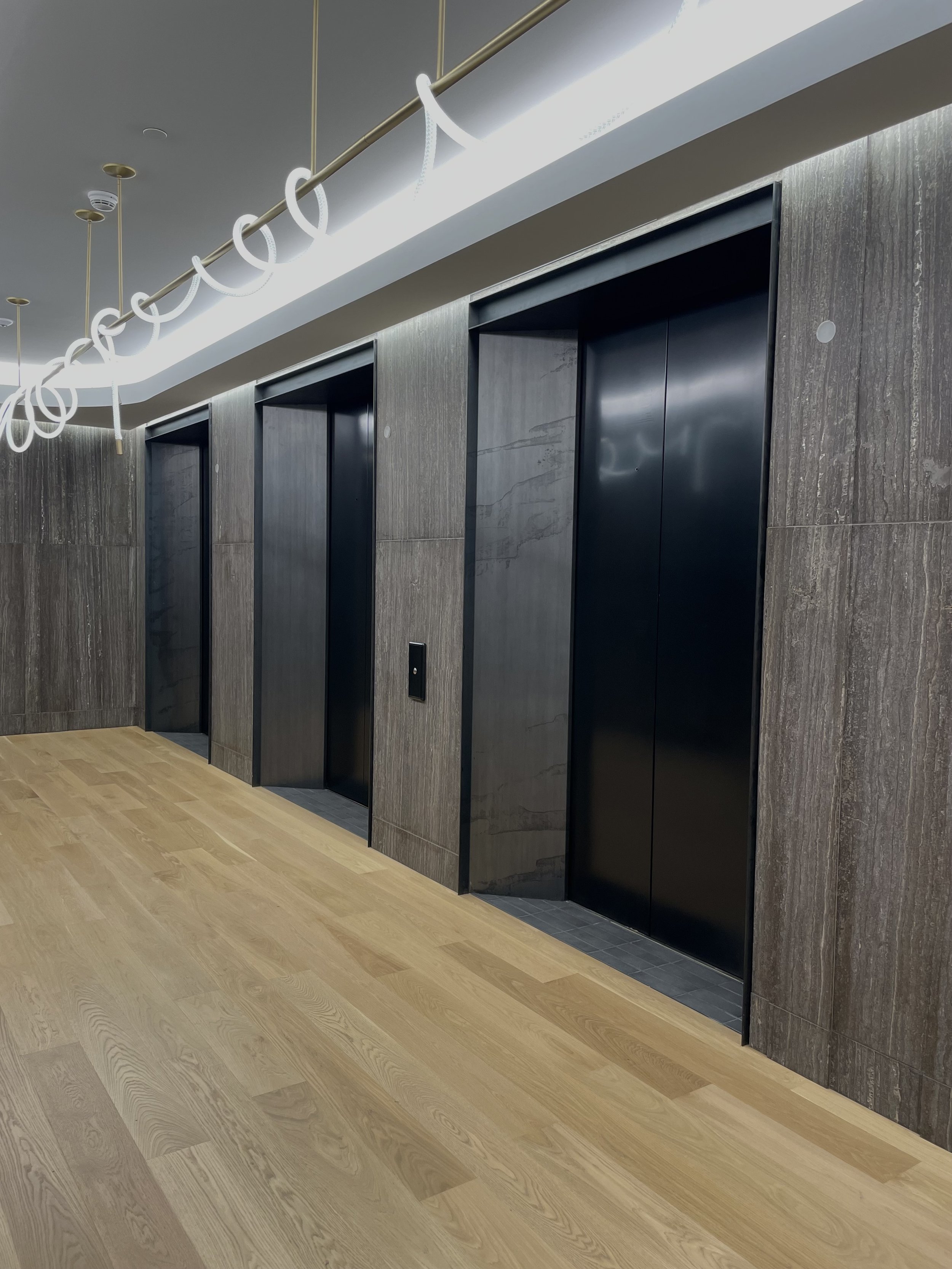
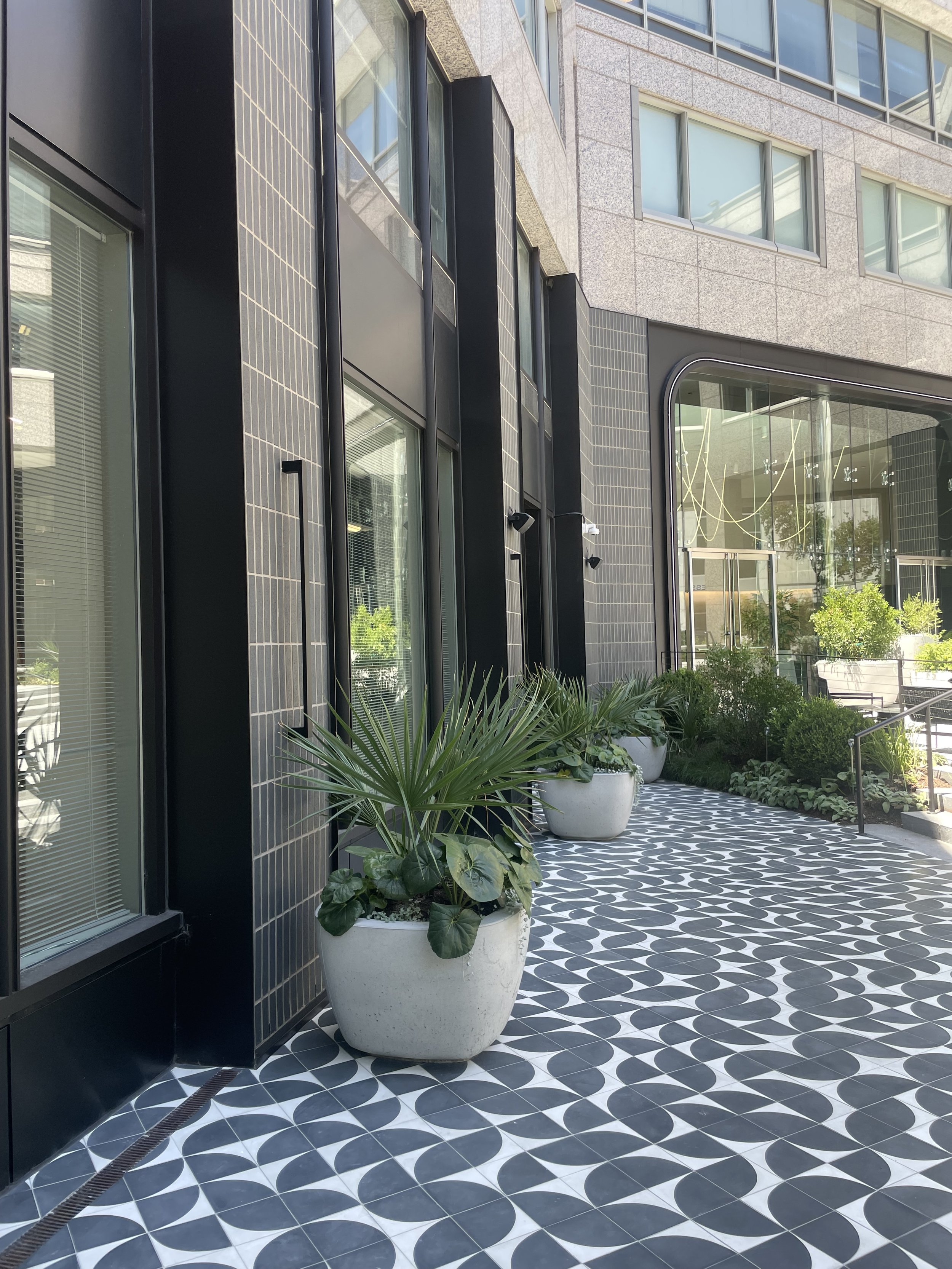


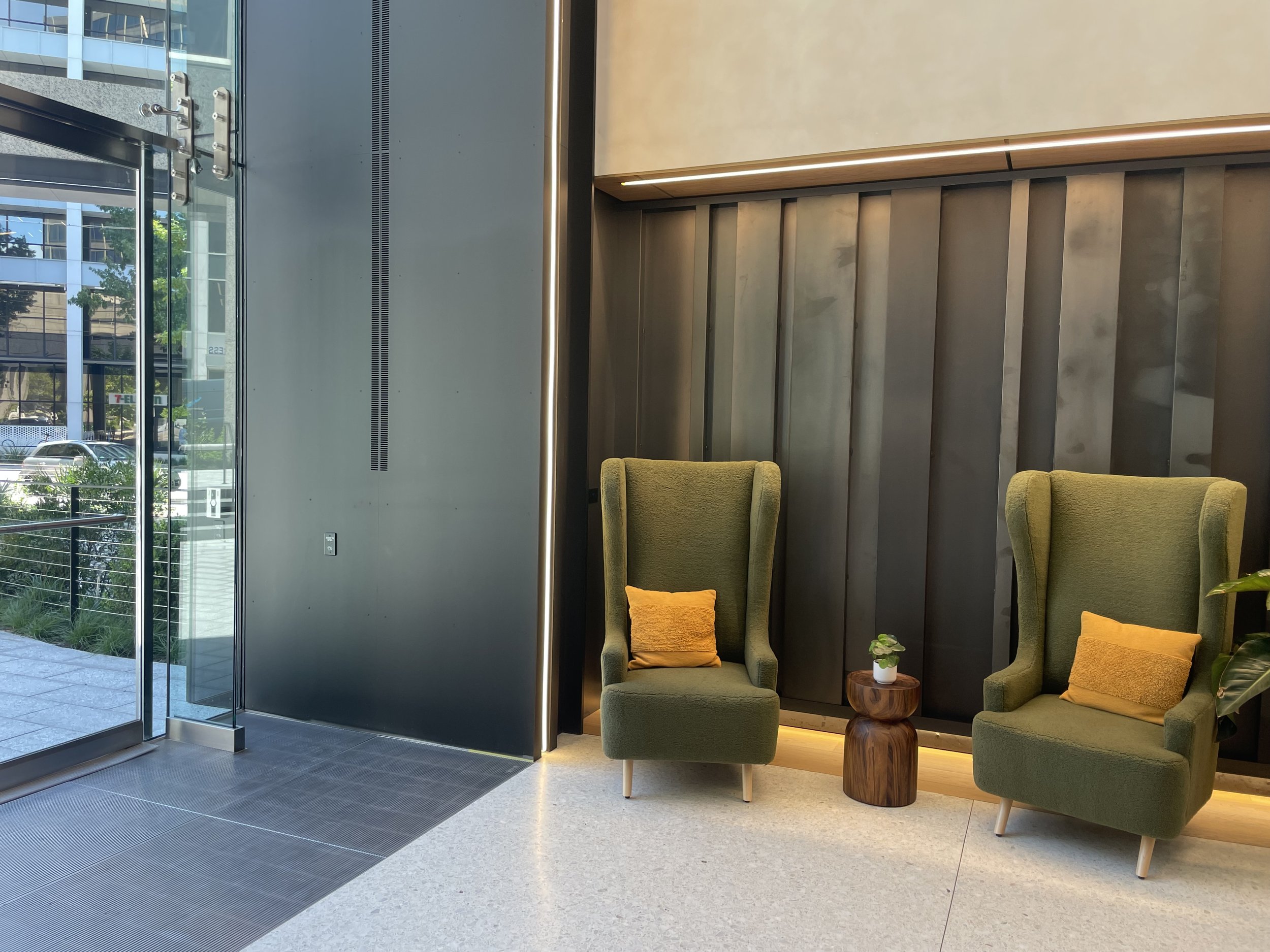
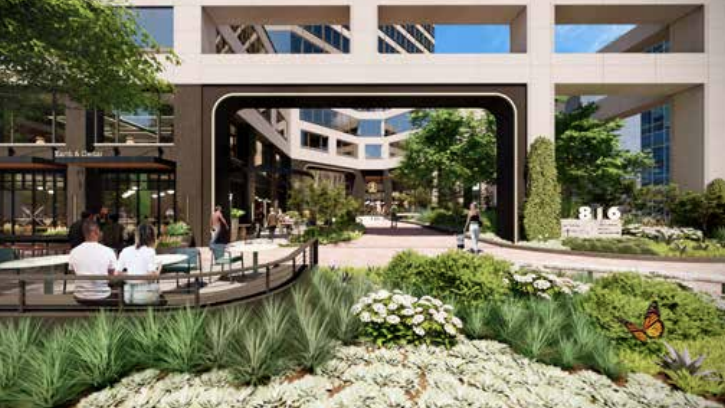
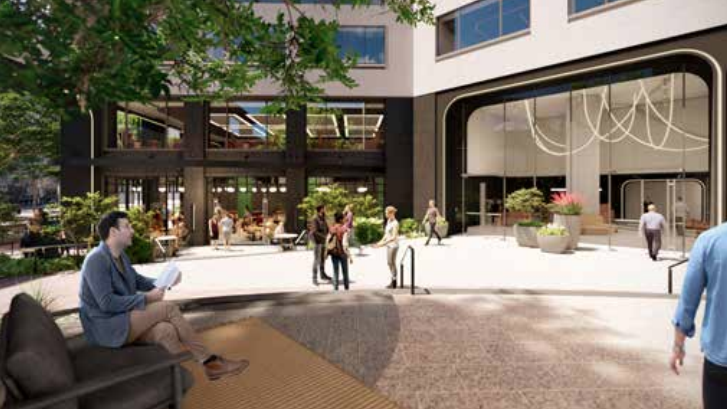
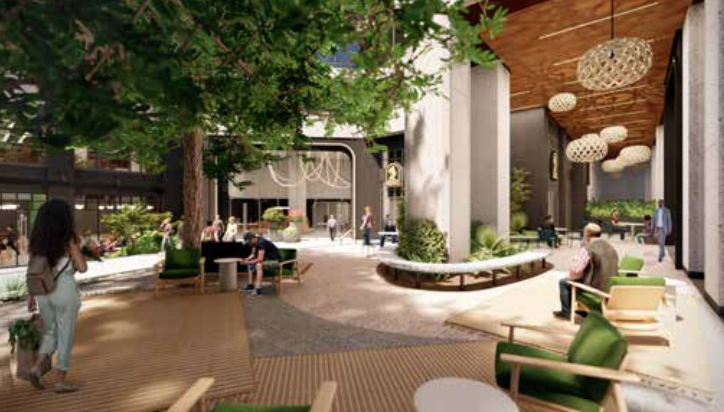
Forging a New Identity: Architectural Metalwork at 816 Congress Avenue
Located in the heart of downtown Austin, 816 Congress Avenue has long stood as a prominent address in the city’s skyline. But with a rapidly evolving tenant base and rising expectations for commercial interiors, the building’s ground-floor experience needed a refresh. The recent lobby renovation delivers just that — a modern, hospitality-driven design anchored by striking architectural metalwork.
At the center of this transformation are two defining features:
Massive aluminum portals that frame the building’s main entry
Sculpted blackened steel elevator surrounds that punctuate the interior experience
These elements aren’t just decorative — they signal permanence, elevate the arrival sequence, and create a powerful architectural rhythm that sets 816 Congress apart in Austin’s crowded Class A office market.
Monumental Entry: The Aluminum Portals
The renovation begins with a bold gesture: oversized aluminum portals that frame the main entrance along Congress Avenue. These large-scale metal structures replace the previous colonnade with a unified, minimal form that redefines the building’s street presence.
Key Features:
Custom-fabricated aluminum cladding in a matte lacquer finish
A clean, monolithic look that emphasizes height and scale without excessive ornamentation.
The portals act as a threshold — creating a sense of transition from the street into the curated, refined interior.
Not only do these portals reinforce the building’s architectural identity, they also serve a practical function: housing integrated lighting and wayfinding elements, while aligning with the new visual language introduced throughout the renovation.
Inside the Core: Blackened Steel Elevator Portals
Once inside the lobby, the journey continues toward the elevator core, where custom blackened steel portals define the transition to the building’s upper levels. These elements provide contrast and gravitas, anchoring the warm tones of plaster, wood, and stone found throughout the space.
Design Details:
1/4" thick blackened steel used to fabricate crisp, square-edge surrounds at each elevator bay
Custom patina finish — deep, matte, and slightly mottled — offering subtle texture without glare
Seamless integration into surrounding wall panels, allowing the portals to read as part of the architecture rather than applied trim
The steel portals not only elevate the vertical circulation core, but also signal refinement and permanence — critical in a lobby where first impressions drive leasing interest and long-term value.
A Dialogue in Materiality
The interplay between aluminum and blackened steel throughout the project is intentional and thoughtful:
The aluminum at the entry with its radiuses, smooth and architectural — setting the tone with precision and scale.
The steel inside is tactile, darker, and more intimate — grounding the space and guiding movement.
Together, they create a material narrative: one that transitions from public to private, exterior to interior, corporate to personal.
These metals are further enhanced by a rich palette of complementary materials: faceted stone walls, soft wood benches, rope-art installations, and sculptural plaster columns — all chosen to balance the hard edges and cool tones of the metalwork.
Why It Matters
Metal in architecture often functions in the background — a support structure, a trim detail, an unseen frame. But at 816 Congress, it takes center stage. Through custom fabrication, high-end finishes, and strategic scale, the metalwork becomes part of the identity of the building:
Aluminum portals act as an urban landmark
Steel elevator surrounds become a daily tactile experience
Both convey strength, quality, and timeless design
Final Thoughts
The lobby renovation at 816 Congress is a case study in how architectural metalwork can define a place. It’s not just about aesthetics — it’s about permanence, precision, and craft.
At Sarabi Studio, we’re proud to have contributed to this transformation by delivering custom-fabricated aluminum and blackened steel elements that elevate one of Austin’s most iconic office buildings.
As the demand grows for workspaces that inspire and impress, projects like this prove that material choices still matter — especially when they’re made with intention, and built to last.
“A Modern Transformation of a Classic Austin Landmark”
